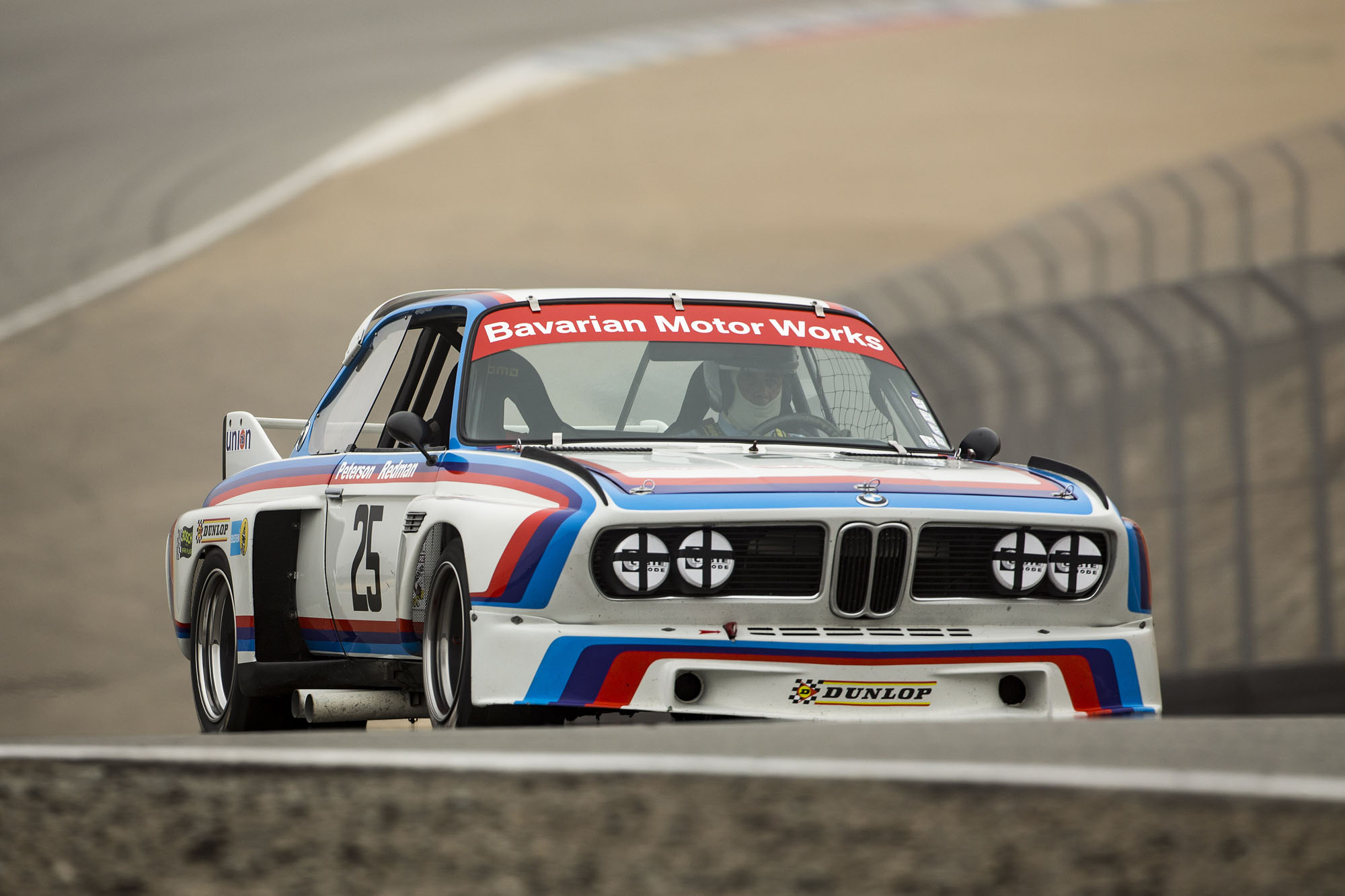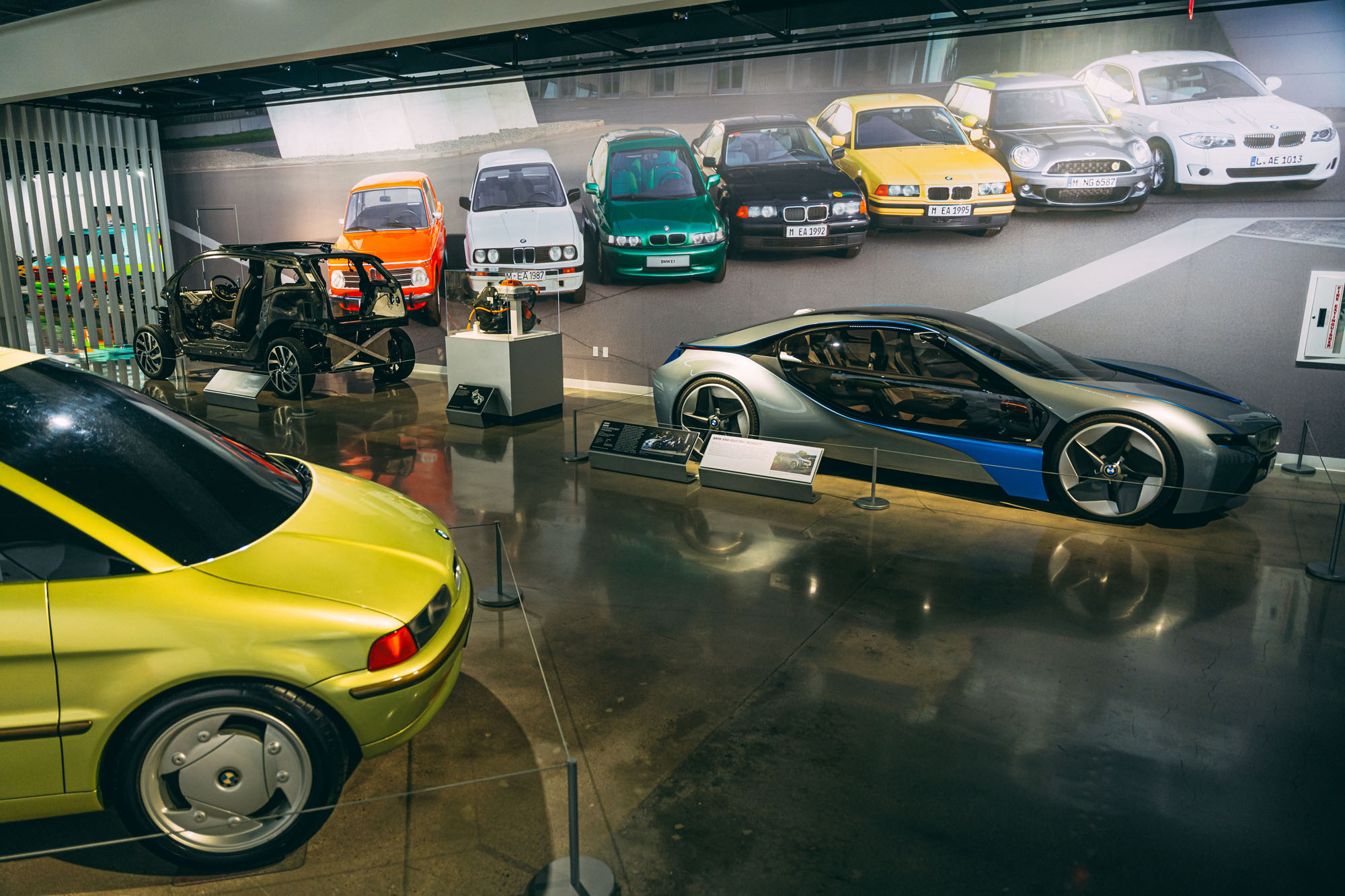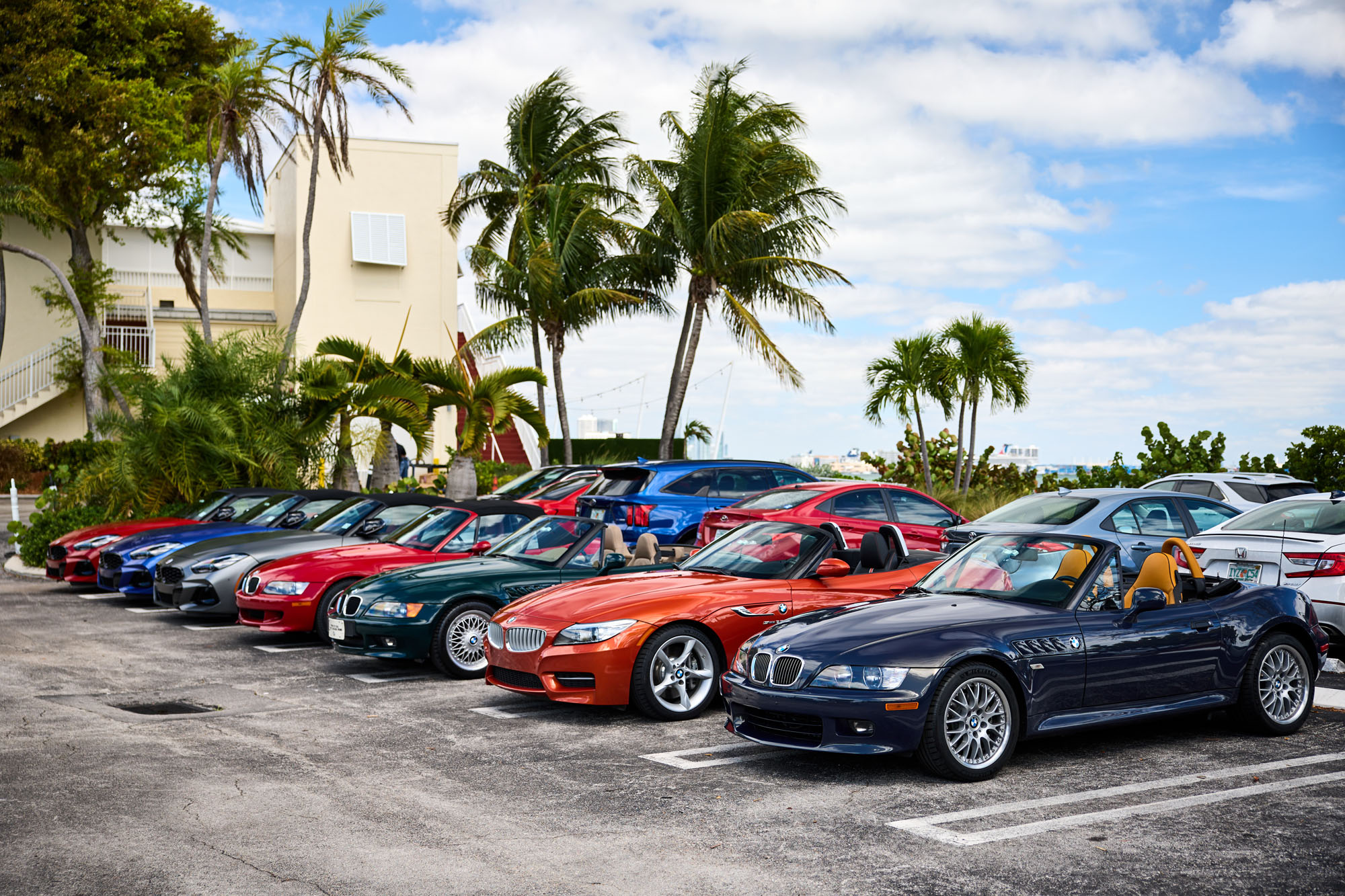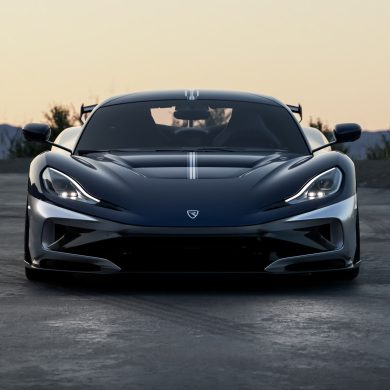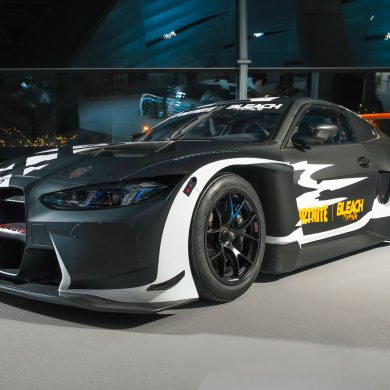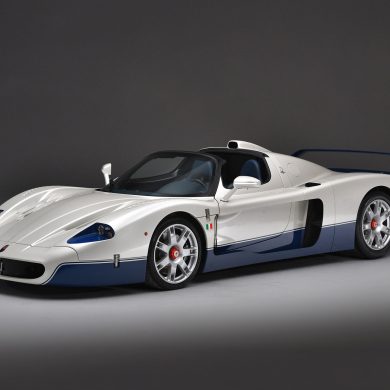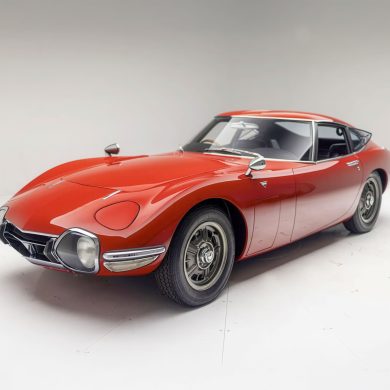The life cycle of an automobile has three distinct phases. First, it’s new, exciting, and perhaps expensive. A decade later, it’s outdated, with little value or allure unless it survives to the third phase. At this point, the automobile becomes ‘vintage,’ and its value rises once again as it becomes a treasured survivor. This is true of many BMW models, and it is especially true of race cars, which lose most of their value the moment they’re no longer competitive.
Racing has always been essential to BMW of North America’s marketing program, and its factory team had a race-winning history in IMSA going back to 1975 and the 3.0 CSL. Its CSLs were turned over to Peter Gregg for the following season, and the subsequent 320i Turbo, M1 IMSA Group 4, and March prototypes—including the M1/C, one of the first cars with ground-effect bodywork—were put in storage once their racing days were over.
In 1985, those groundbreaking race cars were on the verge of being destroyed forever when BMW NA’s newly-hired Motorsport Manager Erik Wensberg received some surprising news. “I can recall the very day, because I’d only been with the company for about three months,” said Wensberg. “I was at Lime Rock and was told that our race team, DM Engineering, had a bunch of our stuff gathering dust in a barn next to their shop in Danbury, Connecticut. I had no idea what they were talking about, but I said I’d come up and see.
“I opened the door of this barn, turned on the single light bulb hanging in the middle, and I was stunned. There’s the 320i Turbo with no wheels, sitting on the dirt floor. There’s the March M1/C, on its side. Two M1s, and a bunch of other stuff, wheels and boxes everywhere.”

Wensberg was told that BMW was going to donate the entire lot to a trade school “so that kids could learn to drill and cut. I said, ‘The hell it will! You lock this door and don’t open it until I tell you.’” He returned to Woodcliff Lake and found Hans Riedel, BMW’s Vice-President of Marketing. “I said, ‘Hans, this is a crime. All of our racing DNA is sitting in a pile of dirt in Connecticut, and they’re going to give it all away. We’ve got to restore these cars, bring them out, and show them as elements of pride in our history.’”
Crucially, Wensberg also expanded the collection, trading a spare M1 to Richard Conway in exchange for CSL #2275985—the car driven by Sam Posey and Brian Redman to second place at Riverside in 1975, to second and third with Stuck at the Lime Rock doubleheader, and second with Posey at Mid-Ohio.
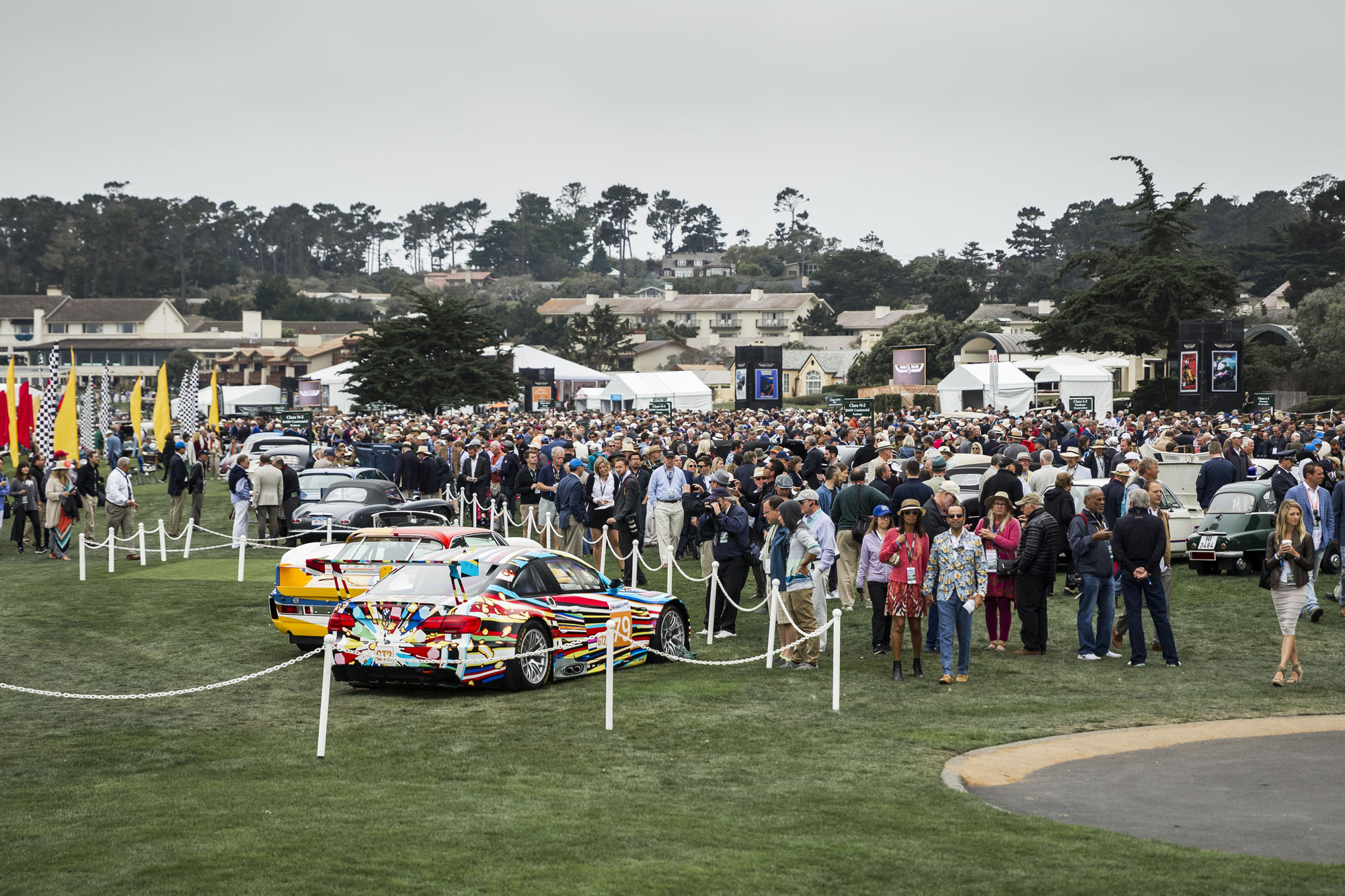
All of the cars had been raced hard and put away wet, so to speak, and all needed restoration. With no budget for that purpose, Wensberg and Riedel got creative. “Riedel would bring me into every planning meeting where we were talking about a new production car and he’d say, ‘Erik, I think we need a vintage car here! What should we do?’ And I’d say, ‘Well, we could put the CSL there, but I need $45,000 to [have Jack Deren] restore it.’ ‘Okay, give Erik $45,000!’ We restored five or six cars one after another, and displayed them to great acclaim. We launched a comprehensive campaign featuring the enthusiast books, highlighting a commitment to performance that spans decades rather than months.
The 320i Turbo and the March M1/C and GTP (86G) prototypes had raced with turbocharged M12/13 engines that were problematic and expensive to keep running. Although they are all “display-only” now, Erik was able to restore the 320i Turbo and the BMW GTP as running examples. In 1992, they appeared at BMW Motorsport’s 20th-anniversary celebration, organized by Conway at Moroso Raceway in Florida. Four years later, they had a star turn when BMW was the featured marque at the Monterey Historic Races, a much larger gathering in California.
Wensberg left BMW NA in February 1998, and his replacement was equally keen to maintain and expand the collection. Two years earlier, Larry Koch had helped Wensberg organize BMW’s presence at Monterey, and his first act as Motorsport Manager was to purchase a BMW 2002 race car from Vasek Polak’s shop in Los Angeles, which was being liquidated following Polak’s death. Later, he’d buy both of the E34 M5s campaigned by Ed Arnold Racing, including the one raced by David Donohue to the 1994 IMSA Supercar championship.
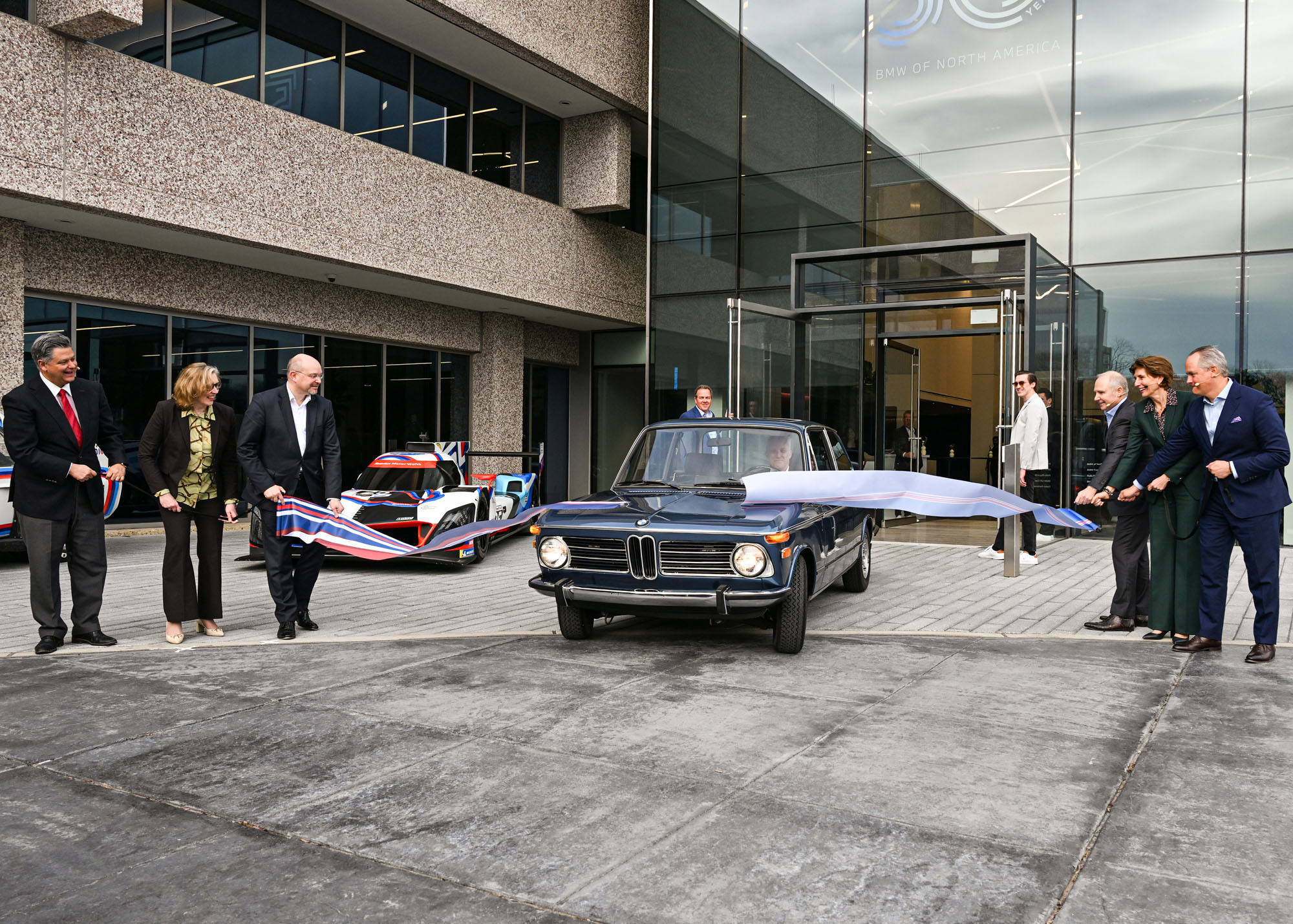
“The goal was to promote BMW performance and the M brand, and to show goodwill towards the BMW Car Club of America and various charities,” Koch said. “I added passenger seats to as many race cars as possible so we could provide rides, and I also started running the cars each year at the Monterey Historics, Lime Rock, and other vintage races, with the driver who drove the car when new if possible. We even took the March 86G and CSL to Goodwood, with Marc Surer and (then BMW NA CEO) Tom Purves driving in 2002 and 2003. It was all great fun, not ridiculously expensive, and it gained a lot of good press.”
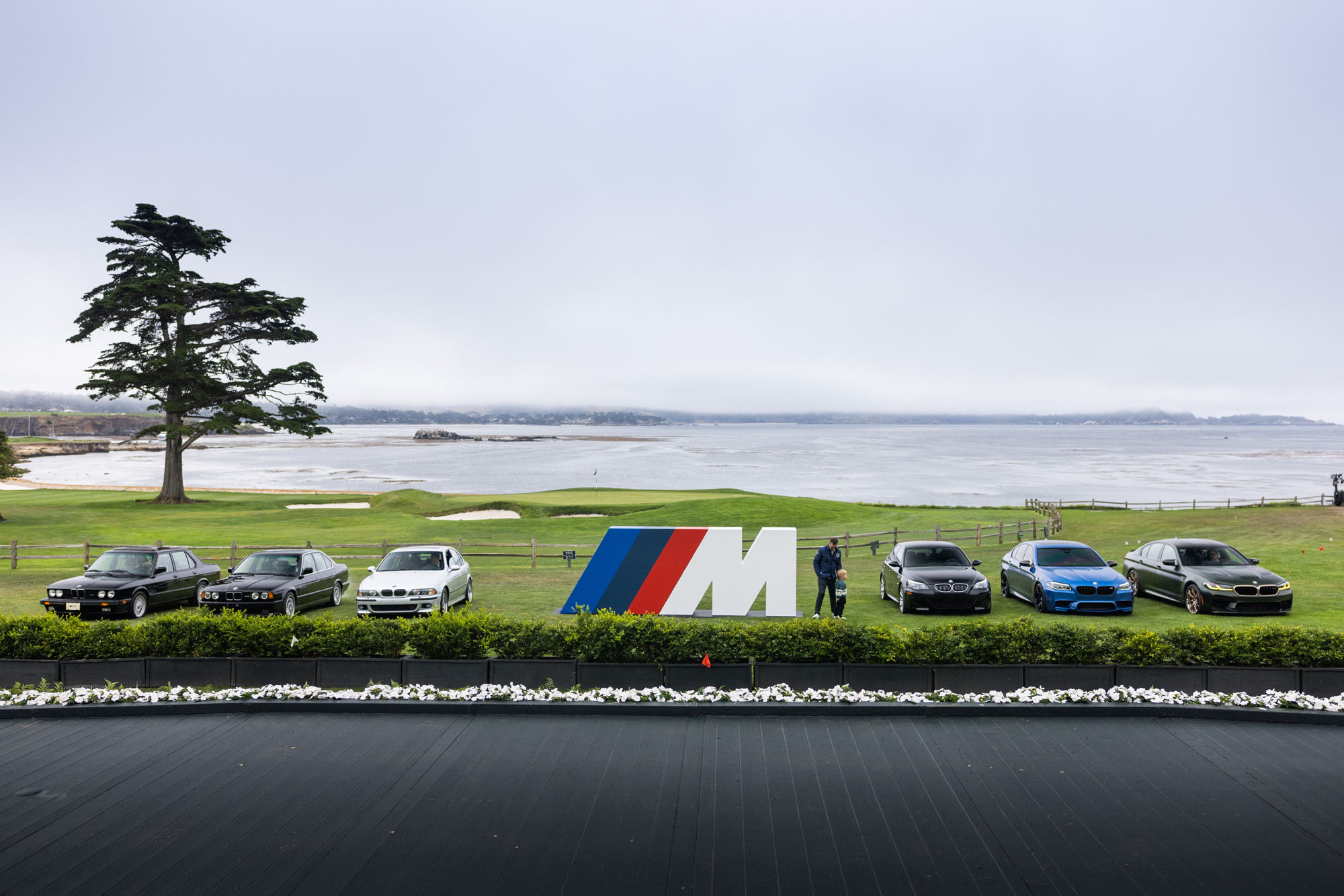
From the mid-1980s through 2020, BMW NA began retaining its factory race cars, which has certainly helped to preserve the cars within the collection. Over the last two decades, BMW NA has retained at least one example of each body style raced by Prototype Technology Group in the American Le Mans Series from 1995-2006. That includes the most highly-developed E36 M3 that won Daytona in 1997 and Sebring in 1998, and two E46 M3 GTR race cars, one of which has been restored to its 2001 specification complete with its exotic P60 V8 engine as well as the Stars and Stripes livery in which it won Petit Le Mans in October 2001; the other runs the six-cylinder engine with which it won the Grand Am championship in 2004.
The most spectacular car of the era is the Sebring-winning 1999 V12 LMR, and the most unusual is one of a pair of 2006 335d race cars that competed in the 25 Hours of Thunder Hill to promote BMW Clean Diesel. Driven by Car & Driver staffers, the cars used superior fuel economy to finish fourth. Now that all the individual collections have been consolidated under BMW Group Classic USA, the division can take a more strategic approach to determining what should be added to the collection.
Above content © 2025 BMW North America, reviewed and edited by Rex McAfee


